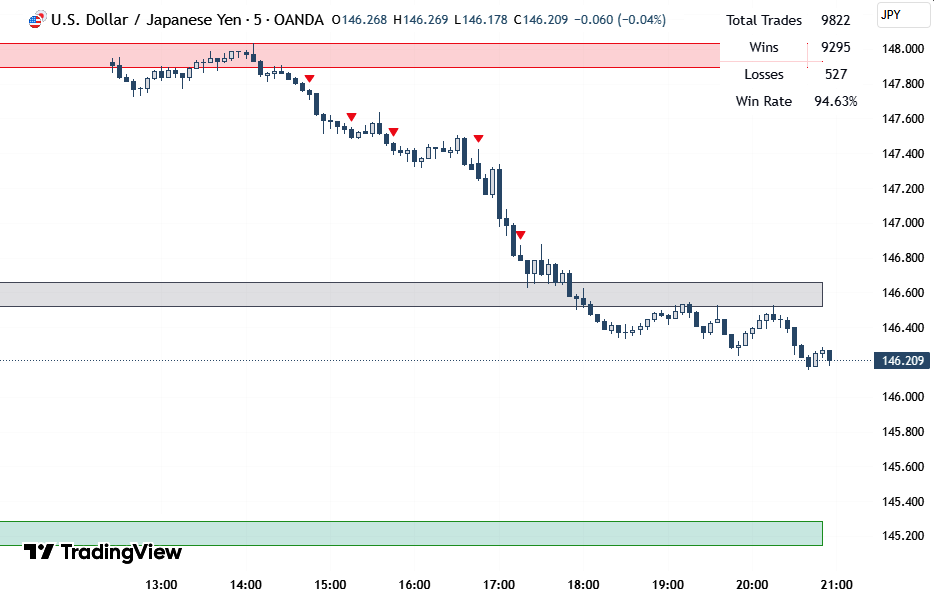Zero Brokerage Isn't Free: How to choose the right stock broker in india: 2025 comparison
Stop paying hidden costs! We reveal the critical factors for How to choose the right stock broker in india in 2025. focu...

Stop paying hidden costs! We reveal the critical factors for How to choose the right stock broker in india in 2025. focu...

The TradingView Black Friday Sale is live in 8 days—grab massive discounts on premium charting tools and upgrade your ...

EPFO’s 8 new rules reshape how employees manage PF savings—simplifying withdrawals, boosting digital ease, but addin...

How the Post Office MIS Scheme delivers secure monthly income for conservative investors, plus crucial insights on retur...

The WeWork India IPO valuation is sky-high. Analyze the risks of this ₹3,000 crore OFS, its fixed-cost model, and lega...

Is the market closed on October 2, 2025? Yes, the October 2, Share Market Holiday, NSE Holiday 2025 is confirmed for Gan...

The RBI Monetary Policy Repo Rate remains at 5.5%. Discover the urgent truth behind the 'dovish pause,' the revised GDP ...

The U.S. has imposed a $100,000 annual H-1B visa fee. This impacts Indian IT firms, students, and skilled workers, possi...

Abidur Chowdhury, the designer behind Apple’s iPhone Air, redefines innovation and elegance. Discover why he’s being...

The hidden truth about the money in your bank account. Understand how digital balances, loans, and trust-based banking f...

A powerful 5-minute breakout scalping strategy using TradingView’s Pine Script—ideal for forex traders seeking fast ...

NSDL IPO is launching soon! key dates, price band, issue size, and performance comparison with CDSL to help you decide w...